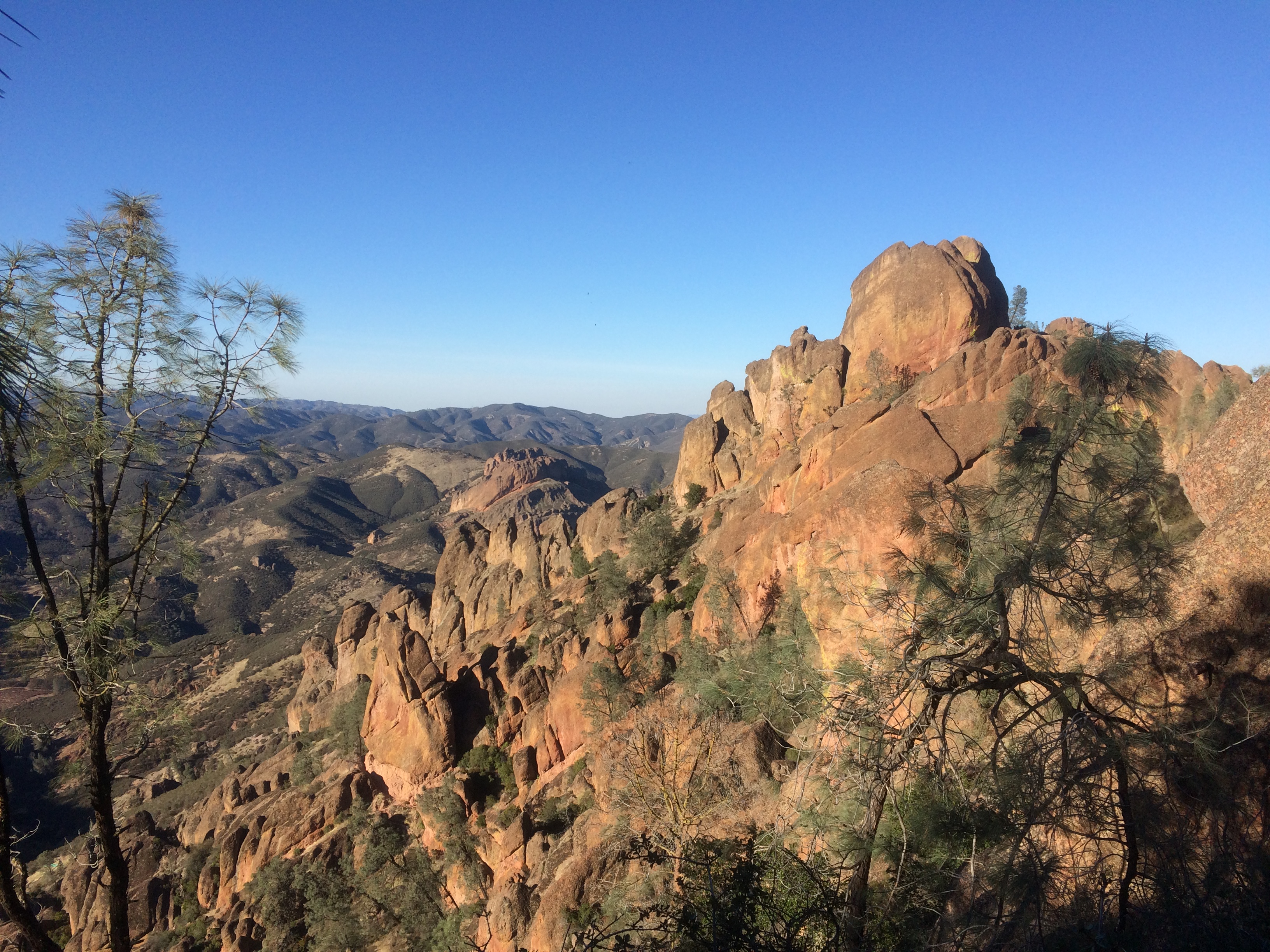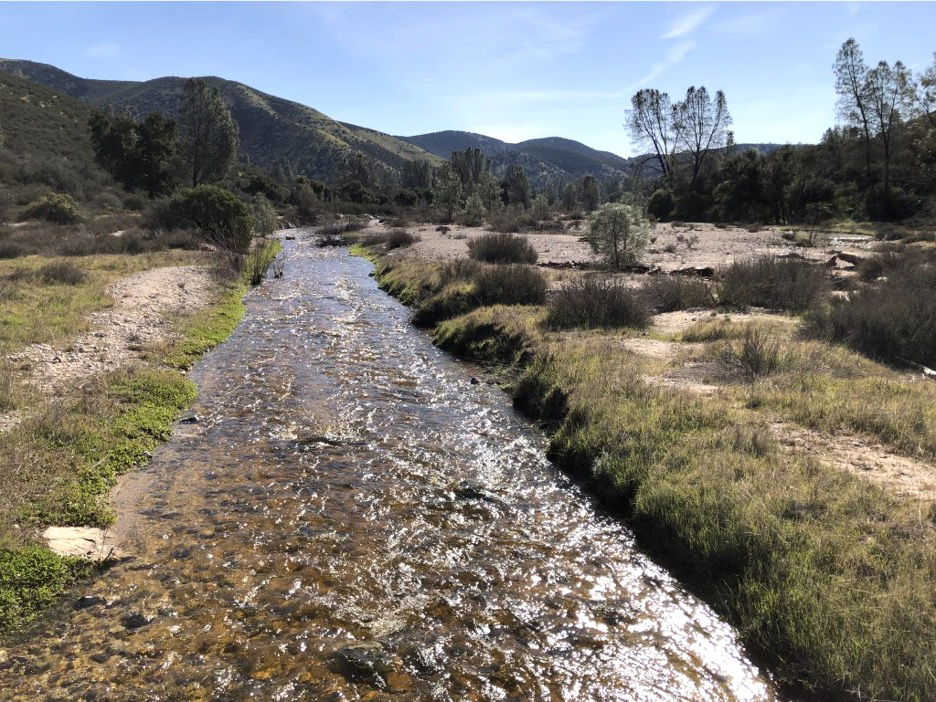Pinnacles National Park protects California chaparral and woodland ecosystems in a climate that generally receives no rainfall for half the year. So, the creeks throughout the park run intermittently. Dr. Albert Ruhi, University of California, Berkeley, Assistant Professor and Faculty Affiliate of the Institute for Parks, People, and Biodiversity, and the scientists in his research laboratory have been conducting field research in Chalone Creek in Pinnacles National Park. They are examining how a freshwater ecosystem recovers after the dry season. The journal Ecology published the latest results in January 2023.
Led by post-doctoral researcher Robert Fournier, the publication reported results of systematic field collection of stoneflies and other stream insects important as prey for fish and other animal life. They found that the moist subsurface area (hyporheic zone) below the dry creek bed served as a refuge during the dry season and allowed the insects to recolonize the creek when it started flowing again. Increased isolation of moist habitat from a permanent stream pool led to a general decrease in biodiversity but to an increase of up to three times in the relative abundance of drought-resistant stoneflies. This information helps the national park understand the vulnerability of this freshwater ecosystem to drought and perhaps natural resource management actions to improve resilience under climate change.
The Ruhi Lab collaborates with the U.S. National Park Service on monitoring of hydrology and ecological conditions across this sentinel watershed, made possible by funding from the Society of Hellman Fellows Fund, the California Institute for Water Resources, and the National Science Foundation.

Pinnacles National Park, California. Photo by Beth Hudick, U.S. National Park Service.

Chalone Creek, Pinnacles National Park, California. Photo by Albert Ruhi.
Albert Ruhi (left) with students in Pinnacles National Park, California, photo U.S. National Park Service

